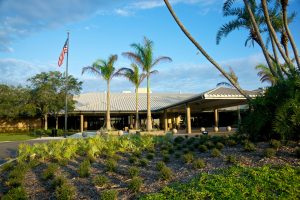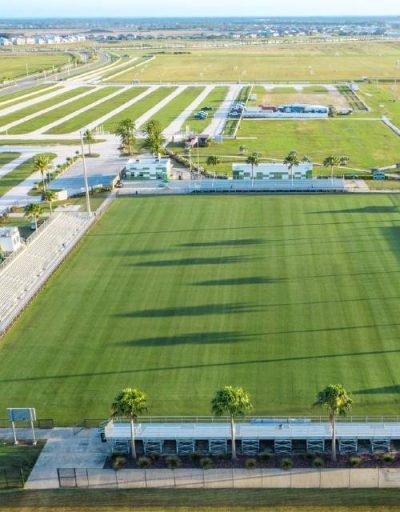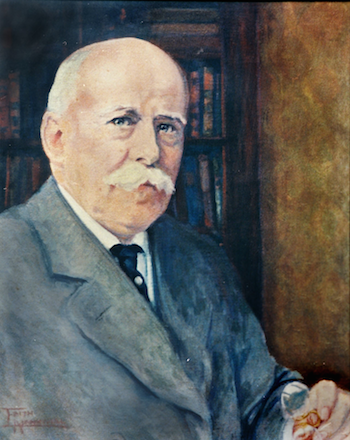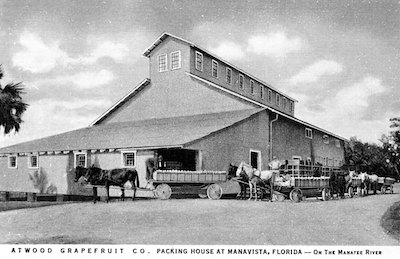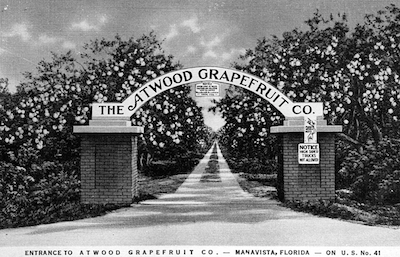An Empire Built on Grapefruit
An Empire Built on Grapefruit
In 1892, Kimball Atwood, a native of Maine, moved to New York City at the age of nineteen and became successful in the insurance industry.He vacationed in Bradenton in 1890, lured by the hunting and fishing opportunities, and became a huge fan of Florida citrus — so much so that he bought property in Palmetto to plant a grapefruit grove.
Atwood returned to New York and over the next few years, the land was cleared. It was a laborious task, as the land was covered with dense vegetation.
After the land was cleared, a few buildings were erected and wells were drilled. Atwood was finally ready to plant. But the planting would have to wait. The Great Freeze of 1895 descended on Florida and destroyed most of Florida’s citrus industry.
But eventually, the rich hammock soil along the Manatee River was ready for planting again, and 16,000 grapefruit trees were placed on the property in 1897. In all, there were 96 rows of trees, with each row running about a mile long.
Imagine 96 miles of grapefruit!
Once it appeared that the grapefruit was going to be a successful crop, a pier was built on the river and a packing house was erected on the end. Atwood fruit now could be shipped up to Tampa by steamer.
The packinghouse had an observation tower built on the roof, and a man would keep watch to spot the incoming steamer ship, headed for the pier to pick up the fruit. When he saw the ship, he sounded a conch shell for all to hear. In later years, a trumpet was used and after that, a bell announced the arrival — alerting crews to get ready to unload the supplies and load the fruit.
Atwood Grove became very successful and Atwood a wealthy man. He invested well in the marketing of his grapefruit and orders poured in from across the United States as well as from overseas. But he did make one mistake on along the way.
In 1910 an Atwood crew foreman, Mr. R. B. Foster, picked a grapefruit from a grove tree to enjoy with his lunch. Upon cutting the fruit open, he discovered instead of the usual yellow flesh inside, it was pink. He reported his discovery to management, but Atwood felt it was an anomaly. Pink grapefruit would never catch on, Atwood assumed.
Instead, Foster sold his discovery to another local farm, Royal Palm Nurseries, who ended up developing and propagating Foster’s pink Grapefruit. Due to its mild and sweet flavor, pink grapefruit is the most popular type of grapefruit to this very day.
Despite this mistake in judgment, Atwood Grapefruit Company became the largest grove in the world. At the peak of production in 1927, the grove produced 160,000 boxes — valued at more than a half-million dollars — and it’s said that King George V of England was an annual customer.



